Noise-cancelling headphones refer to a type of headphones that uses a certain method to reduce noise. At present, there are two types of noise reduction headphones: active noise reduction headphones and passive noise reduction headphones.
The active noise reduction function is to generate a reverse sound wave equal to the external noise through the noise reduction system, and neutralize the noise to achieve the effect of noise reduction. Passive noise-reduction headphones mainly form a closed space by surrounding the ears, or use soundproof materials such as silicone earplugs to block external noise.
Principle of Active Noise Cancelling Headphones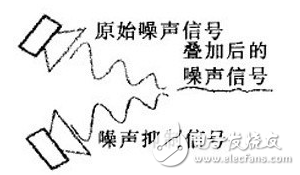
Noise reduction earphones adopt active noise control, which is different from the passive sound insulation of general earphones. The principle is:
1. The signal microphone placed in the earphone first detects low-frequency noise in the environment that the ear can hear (100 ~ 1000Hz)
2. Then pass the noise signal to the control circuit, the control circuit performs real-time calculation
3. Use Hi-Fi speakers to play sound waves with the opposite phase and the same amplitude to cancel the noise
4. The noise disappears after being superimposed.
Active noise canceling headphones are expensive, but generally have excellent results and are comfortable to wear. However, independent battery power is required, and most passive noise-cancelling headphones can be used without power consumption (and no active noise-cancellation).
Active noise reduction systemActive noise reduction systems are divided into open-loop systems, closed-loop systems and adaptive systems.
Open loop system:
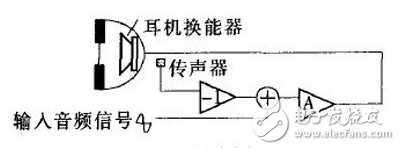
Open-loop active noise reduction earphone system with external sensor
The active noise reduction system collects noise through a microphone and generates an anti-noise signal. In an open-loop system, as shown in the figure, the microphone is placed outside the ear cup, and the sound signal it picks up is output by an inverting amplifier to obtain an anti-noise signal, which is then mixed with the desired audio signal and finally converted in the headphones Replay mock in the device. The anti-noise signal can attenuate external noise, making the original sound easier to understand. Generally, the open-loop active noise reduction system can achieve noise attenuation of 10-15dB, which is commonly found in different types of noise reduction headphones designed for professionals and ordinary consumers. However, this design is not suitable for those who want to adjust the size of the anti-noise signal to meet the best listening effect.
The biggest advantage of an open-loop system is simplicity, but it may not be the most satisfactory compared to other types of noise-cancelling headphones. Since the microphone is placed outside the ear cup, the actual noise collected is not exactly the same as the noise heard inside the ear cup. In fact, the sound has changed after the earmuffs plus its internal reflection. Therefore, in many cases, anti-noise signals can be generated in the headset.
Closed loop system:
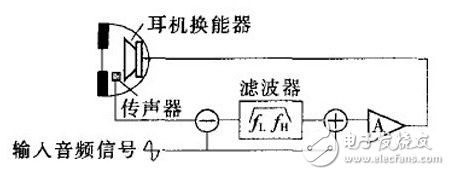
Closed-loop active noise reduction earphone system with built-in sensor
If the microphone is placed in front of the transducer in the ear cup, the system may generate a more accurate noise-resistant signal, as shown. At this time, the sound picked up by the microphone includes both the sound from the earphone transducer and the noise generated in the ear cup. This signal is fed back to the required sound signal as an error correction signal, so it is called a "closed loop system" . The operating characteristic of the closed circuit system is to achieve the purpose of noise reduction through feedback.
In cybernetics, noise (such as the distortion of an amplifier) ​​is regarded as a non-linear change, which can be reduced or eliminated by introducing a correction signal into the system. The picture shows a closed-loop active noise-cancelling headphone system. The microphone is placed inside the earmuffs, and the desired sound and noise are picked up. First, this system separates the desired signal from the mixed signal and inverts the remaining noise signal. Then, the inverted noise signal is compensated to cancel the noise in the closed-loop system. The output stage re-synthesizes the anti-noise signal and the desired signal, and finally realizes the playback in the earphone transducer. Since this is a feedback process, in some cases, the closed-loop system may be unstable.
Adaptive system:
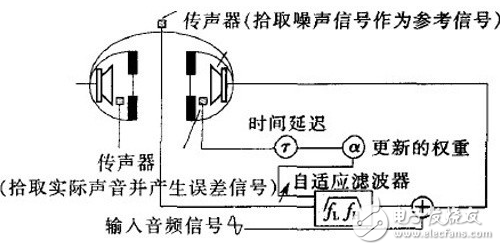
Adaptive active noise reduction earphone system
The open-loop system and closed-loop system mentioned above use analog filters to generate anti-noise signals, while digital filters have more powerful functions and simpler settings. The method of using digital filters to eliminate noise is called adaptive filtering, which can simultaneously correct phase errors and amplitude errors.
The picture above is a schematic diagram of an adaptive active noise reduction headphone system. Place a microphone on the top of the headset to pick up the noise signal as a reference signal. The adaptive filter uses the transfer function of the current signal through the headphone system model to predict the noise in the earcup, and then invert the predicted noise to the desired audio The signals are superimposed and finally transmitted to the earphone transducer. The microphone placed in the ear cup picks up the actual sound and generates an error signal, which causes the filter to converge to zero to obtain a more accurate anti-noise signal.
to sum upActive noise reduction technology has been developed for decades, and the technology has been continuously matured. It is gradually extending from high-end applications to the civilian market, and the applied environment is also diverse. The most fundamental thing is that, compared with passive noise reduction materials, the processing mechanism of active noise reduction has more room for improvement. However, the technical blockade is the biggest headache for the industry. At present, several companies in the industry that have active noise reduction core technologies will not disclose their own technologies. The technical blockade is obviously not conducive to the development of the industry.
However, this has not been able to develop noise reduction. At present, there are some domestic brands that have independently developed active noise reduction technology, and will actively promote active noise reduction headset products this year. The environment we are facing is becoming more and more complex, and the environment in life is getting bigger and bigger. It is the only purpose to bring noise-reducing headphones to the people and bring them to the mass consumer level.
Iplay Vape - Manufacturers, Factory, Suppliers From China
We intention to see quality disfigurement within the creation and supply the ideal support to domestic and overseas buyers wholeheartedly for Iplay Vape, Vape Bar , Vape Pod System , Cbd Vape Disposable ,Cloud Vape.The principle of our company is to provide high-quality products, professional service, and honest communication. Welcome all friends to place trial order for creating a long-term business relationship.
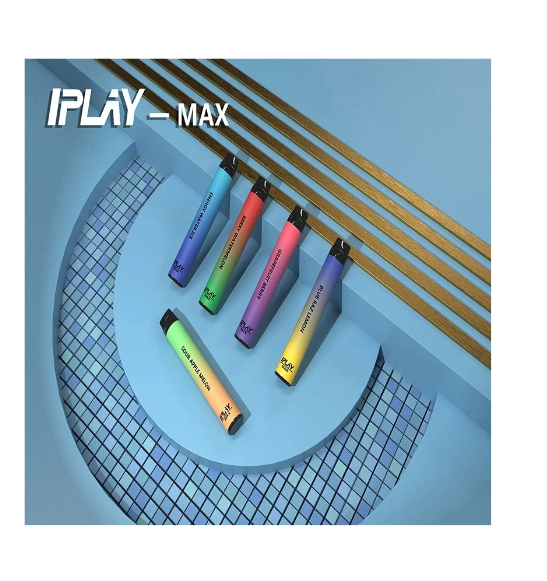
IPALY Vape,IPALY Disposable E-Cigarette,IPALY Disposable Vape Pen,IPALY Disposable Device,IPALY 500Mah Vape Kit
Tsvape E-cigarette Supplier Wholesale/OEM/ODM , https://www.tsecigarette.com